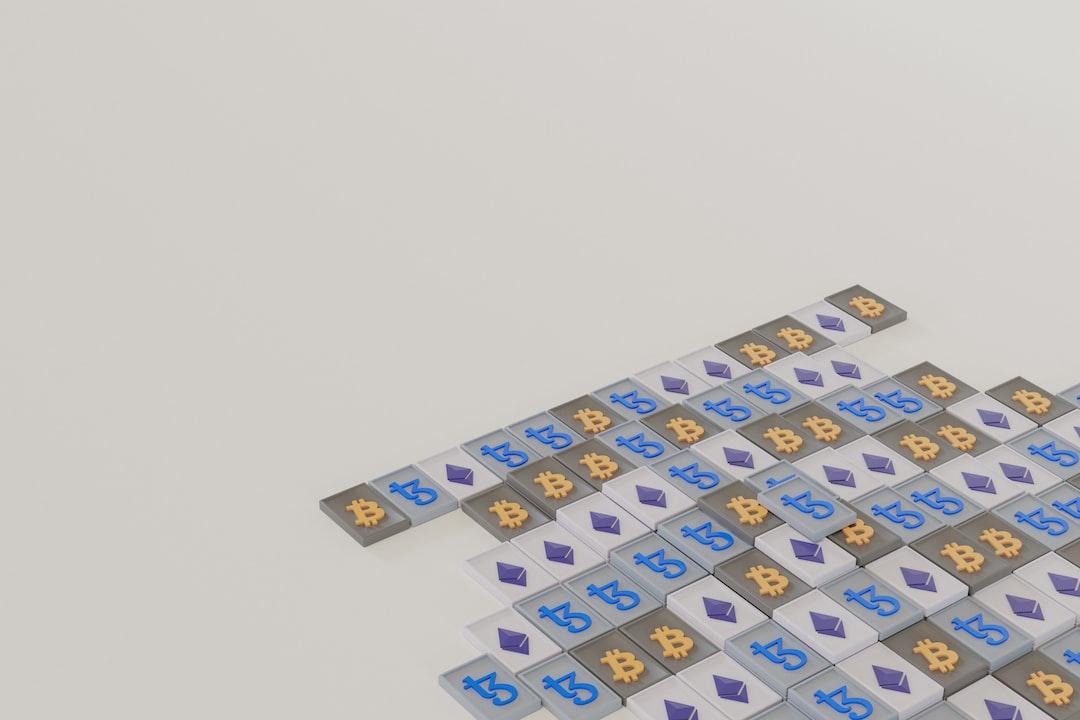Bitcoin experienced a notable surge in transactions on April 23, largely attributed to the introduction of the Runes protocol on the Bitcoin network. Data indicates that during this period of increased Bitcoin network usage, over 1.6 million unique transactions were processed, marking the highest number of confirmed transactions.
The Runes protocol, an alternative to the BRC-20 protocol on the Bitcoin Blockchain, played a significant role in this transaction surge. Data from Blockchain.com and Glassnode demonstrates a direct correlation between the launch of Runes and the increase in daily Bitcoin transactions. In fact, on April 23, Runes accounted for a staggering 81.3% of all transactions on the Bitcoin network, highlighting its substantial presence.
This influx of Runes transactions not only impacted Bitcoin’s network activity, but also brought substantial benefits to the mining sector. Leading mining companies in the USA, such as Stronghold Digital Mining and Marathon, observed the positive financial and functional impact of Runes. Since the fourth Bitcoin block reward halving, Runes transactions have generated 1200 BTC in transaction fees for miners, playing a crucial role in supporting the ecosystem after the block reward was reduced by 50%.
While the initial excitement surrounding Runes may be fading, researchers in the decentralized finance (DeFi) field, like Ignas, recognize the potential opportunities it offers. Despite comparisons to the NFT hype, Ignas sees Runes as a significant development in the Bitcoin DeFi world, as it introduces a new NFT standard aimed at enhancing Bitcoin’s utility in the emerging BTCFi trend.
The interest in Runes and BRC-20 tokens continues to captivate experts, as they unlock new possibilities for DeFi applications and shape the future of the Bitcoin DeFi landscape. Despite the current general stagnation and occasional significant fluctuations in the cryptocurrency market, protocols like Runes provide a promising foundation for innovation and growth.
Disclaimer: The information provided in this article should not be considered investment advice. Investors should be aware of the high volatility and risk associated with cryptocurrencies and should conduct their own research.


